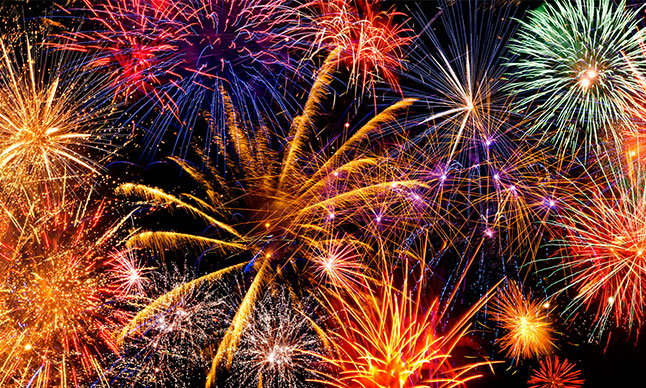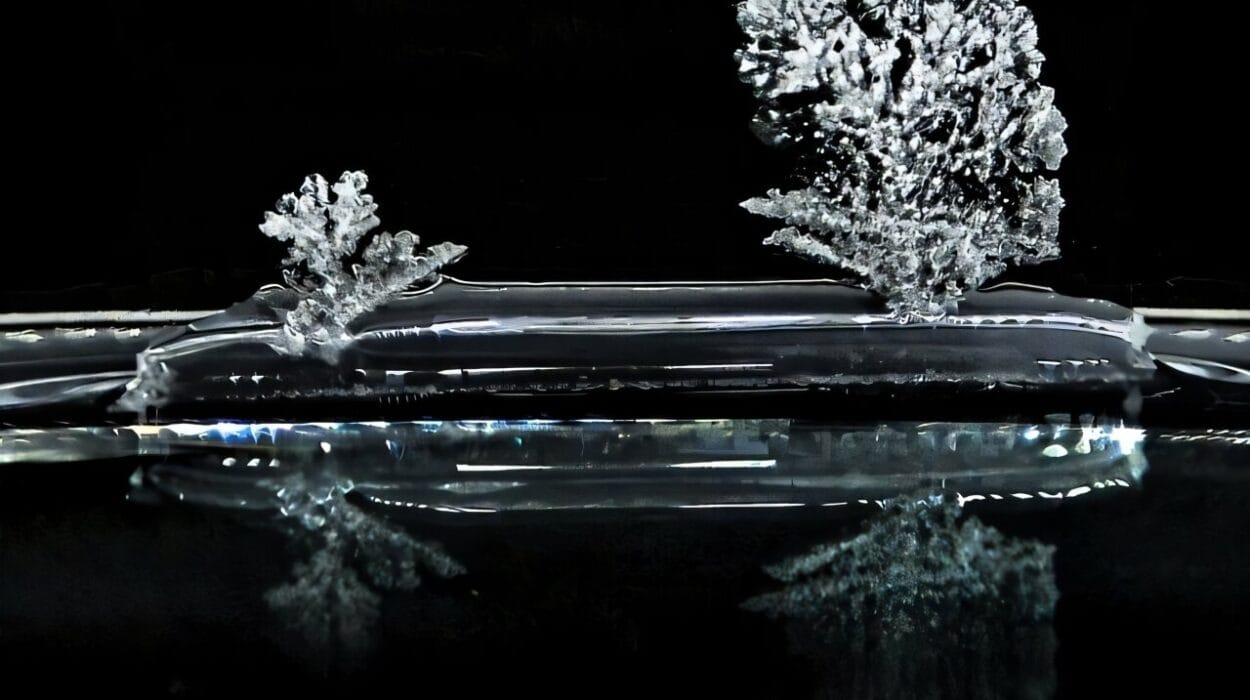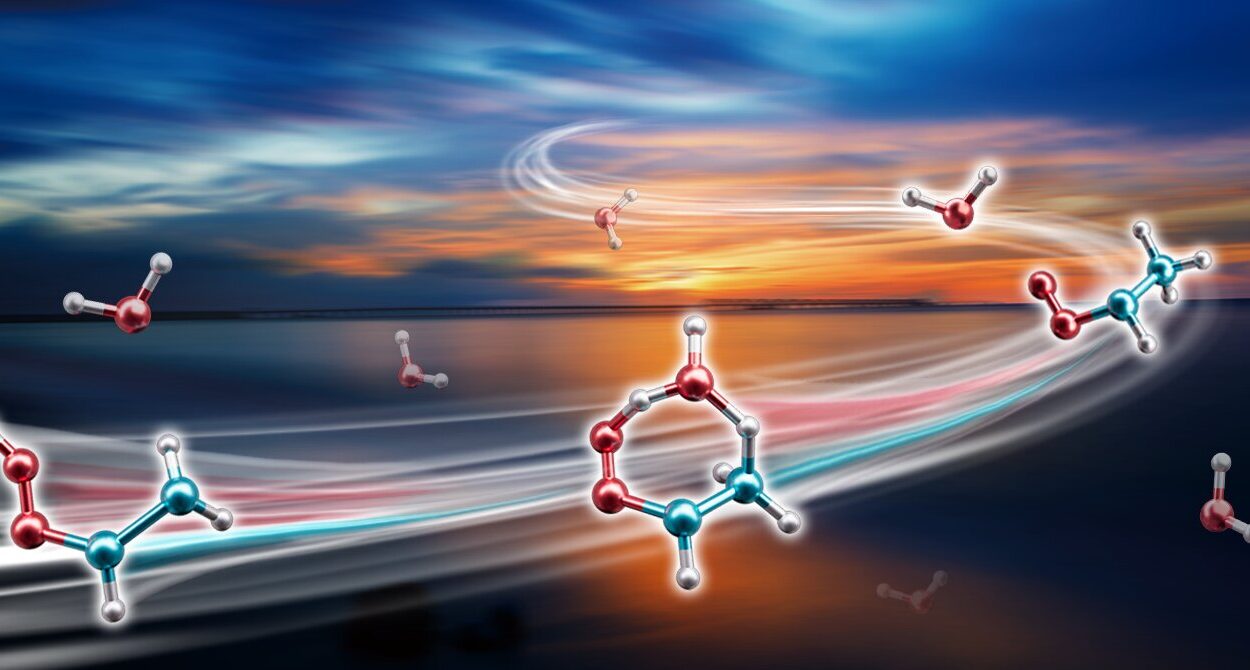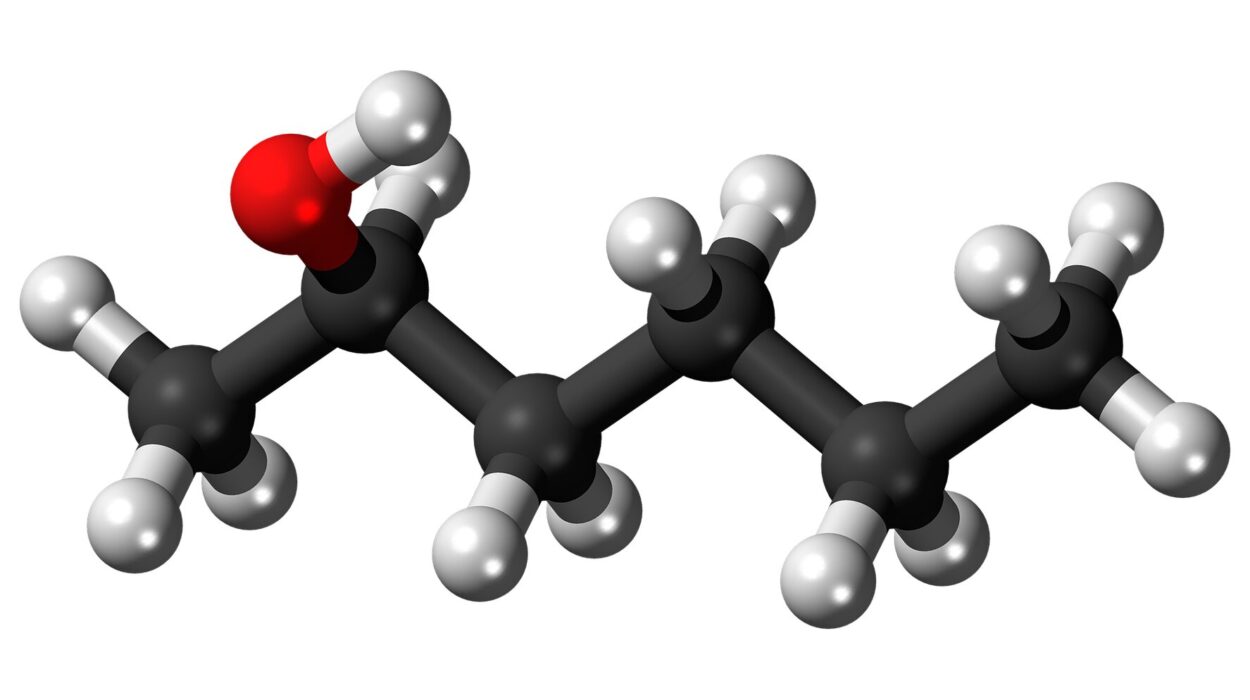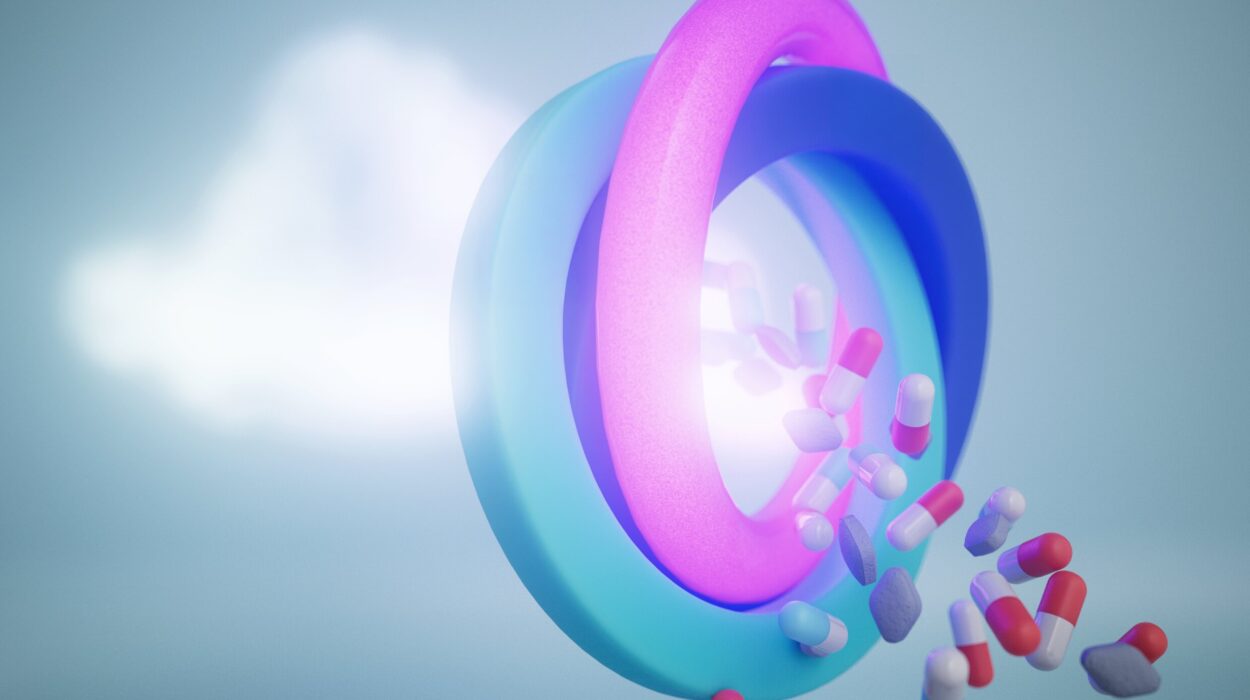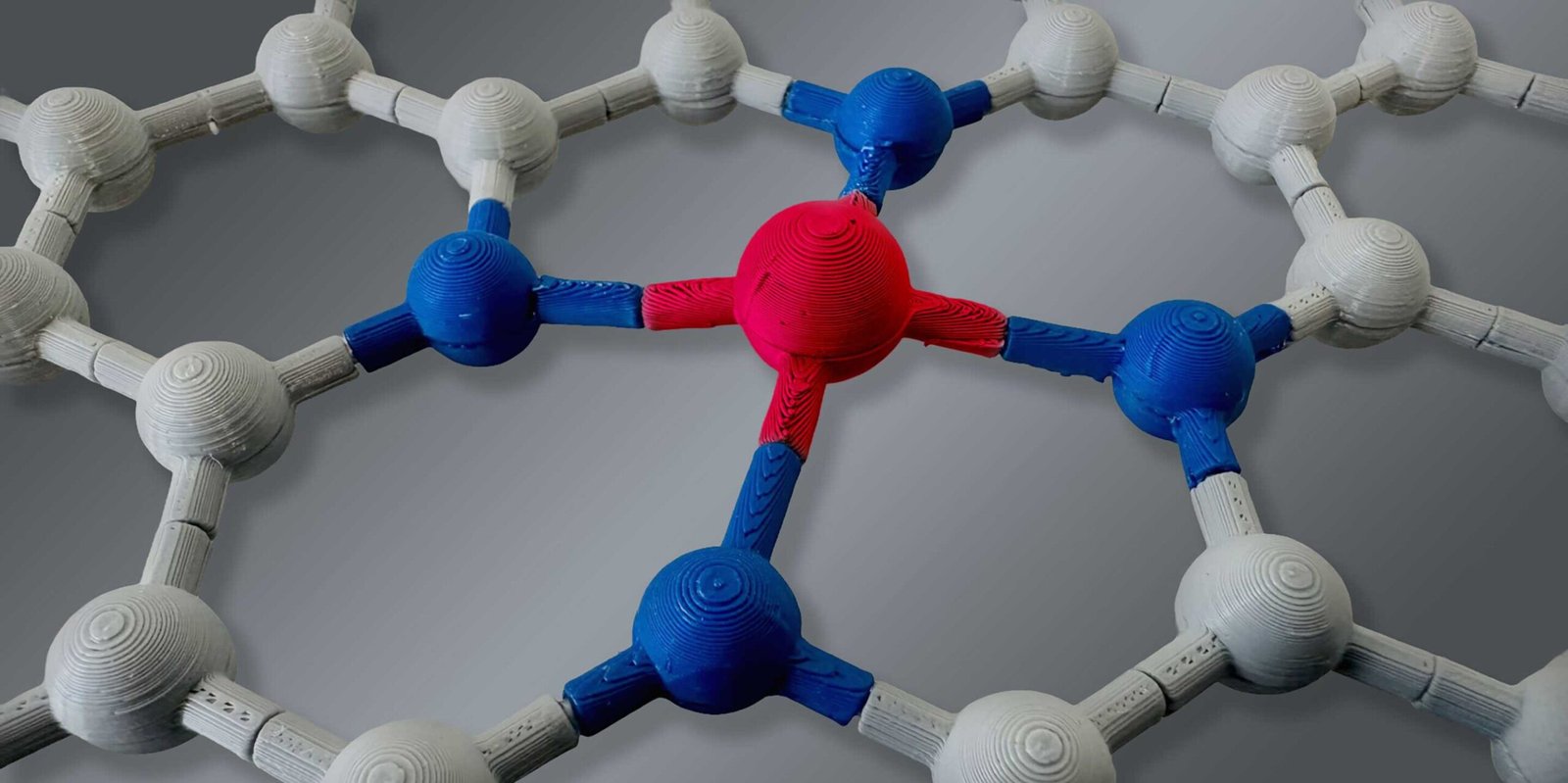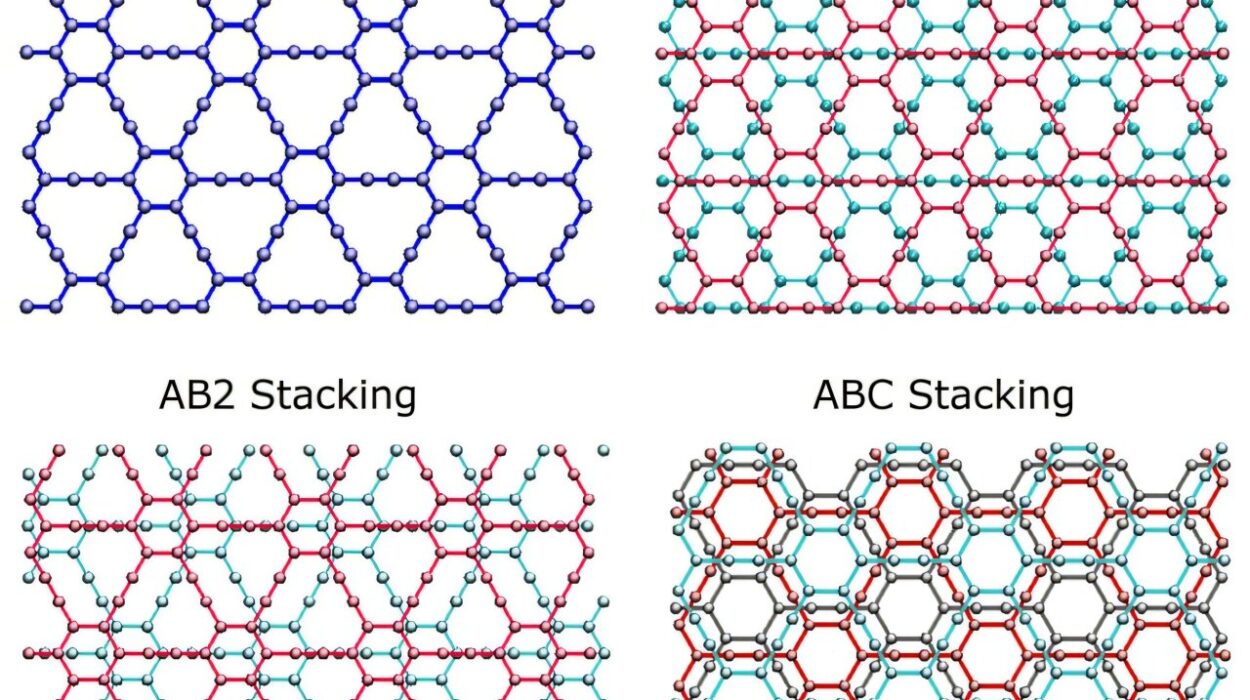From ancient Chinese New Year festivals to the Fourth of July in the United States, fireworks have long mesmerized humanity with their radiant colors, thunderous booms, and dazzling patterns. But behind every explosion of light and sound is a symphony of science—an intricate ballet of chemistry, physics, and artistry that transforms powder and metal into a masterpiece in the sky.
Fireworks are more than just entertainment. They are the product of centuries of experimentation, innovation, and a deep understanding of how materials behave under extreme conditions. In this article, we will journey into the heart of fireworks, exploring the chemical reactions that make them burst, the compounds that create vibrant colors, the physics of aerial shells, and the careful engineering that ensures both spectacle and safety.
By the end, you’ll never watch a fireworks show the same way again. Instead of just enjoying the beauty, you’ll appreciate the sheer brilliance—scientific brilliance—behind every pop, crackle, and bloom.
The Birth of Fireworks: A Fiery Origin Story
Fireworks trace their origins back more than 2,000 years to ancient China, where early alchemists mixed saltpeter (potassium nitrate), sulfur, and charcoal—creating what we now know as black powder or gunpowder. Initially used for religious rituals and to ward off evil spirits, the technology eventually spread through the Middle East and Europe, becoming a staple of military and celebratory events alike.
By the Renaissance, fireworks had evolved into an art form, particularly in Italy, where pyrotechnicians began experimenting with different chemicals to produce colored flames. These experiments laid the groundwork for modern pyrotechnics, transforming fireworks from simple booms into complex displays of light, color, and shape.
Today’s fireworks combine ancient principles with cutting-edge science. They are meticulously designed chemical devices engineered for precise timing, altitude, color, sound, and safety.
What Is a Firework, Exactly?
At its core, a firework is a container of chemical energy waiting to be released. Think of it as a controlled explosion—a brief and brilliant release of stored energy into light, heat, sound, and motion.
A typical firework shell consists of several key components:
- Lift Charge: This is the gunpowder charge at the bottom of the shell that launches the firework into the sky.
- Fuse: A timing device that ignites the firework at the right moment after lift-off.
- Bursting Charge: Located in the center of the shell, this explosive charge causes the firework to break apart at its peak.
- Stars: Small pellets containing metal salts, oxidizers, binders, and fuels that produce light and color.
- Effects Additives: These create specific shapes, sounds, or delayed reactions—such as crackles, whistles, or cascading trails.
When a firework is ignited, all these components work together to deliver a coordinated show of chemistry in action.
The Chemistry of Combustion: Energy Unleashed
The magic of fireworks begins with combustion—a chemical reaction between a fuel and an oxidizer. This reaction rapidly converts chemical energy into heat, light, gas, and motion.
The classic fuel used in fireworks is a mixture of carbon and sulfur, while the most common oxidizer is potassium nitrate (KNO₃). When ignited, the fuel reacts with the oxidizer in a redox reaction:
2 KNO₃ + S + 3 C → K₂S + N₂ + 3 CO₂
This reaction produces gases (like nitrogen and carbon dioxide) that expand rapidly, generating the explosive force needed to launch the firework and burst it in the sky.
But the story doesn’t end there. Once the shell bursts, another set of reactions kicks in—the pyrotechnic composition in the stars begins to burn, emitting specific wavelengths of light based on the metal salts used. This is where the real artistry happens.
Painting the Sky: The Chemistry of Color
One of the most fascinating aspects of fireworks is their brilliant colors, each created by specific metal salts and their behavior under heat. When these compounds are heated, their electrons become “excited”—jumping to higher energy levels. As the electrons return to their normal states, they release energy in the form of visible light.
Here’s a breakdown of some common color-producing compounds:
- Red: Strontium salts (like strontium carbonate, SrCO₃) produce deep reds.
- Orange: Calcium salts, such as calcium chloride (CaCl₂), emit orange hues.
- Yellow: Sodium compounds, especially sodium nitrate (NaNO₃), yield brilliant yellow.
- Green: Barium compounds, like barium chloride (BaCl₂), shine green.
- Blue: Copper compounds, typically copper chloride (CuCl₂), create blue—though achieving a vivid blue is chemically difficult and requires precision.
- Purple: A mix of strontium (red) and copper (blue) salts.
- White/Silver: Magnesium or aluminum powder burns brightly to produce intense white or silvery flashes.
Each element has a unique emission spectrum, just like a fingerprint, allowing scientists to fine-tune fireworks for specific colors and brightness. The trick lies in balancing purity, temperature, and timing. Too much heat can destroy the compound, while too little won’t excite the electrons enough to emit vibrant light.
Engineering the Display: The Architecture of a Shell
Fireworks are not random explosions—they are precision-engineered to create timed and choreographed effects. The layout inside the shell determines how the display will unfold.
Imagine cutting a firework shell in half. You’d see a central bursting charge surrounded by carefully arranged stars, often in symmetrical patterns. These stars are packed in a cardboard or plastic shell designed to survive the launch and then disintegrate at the exact moment of detonation.
The orientation of the stars determines the shape of the explosion:
- Circle or sphere: Stars arranged evenly in all directions.
- Ring or donut: Stars arranged in a circular ring around the bursting charge.
- Heart, smiley face, or butterfly: Special molds and alignments guide the stars into recognizable patterns upon detonation.
- Willows and peonies: Varying star burn rates and masses create different trailing effects.
By controlling the chemical composition, size, position, and timing of each star, pyrotechnicians can craft fireworks with astonishing visual complexity.
Sound Effects: Booms, Crackles, and Whistles
Fireworks aren’t just visual—they’re auditory experiences too. The sounds of fireworks are created by rapid gas expansion, chemical additives, and aerodynamics.
- Booms and bangs: These come from large bursting charges that create shock waves in the air. The intensity of the sound depends on altitude, temperature, and humidity.
- Crackles: Produced by flash powders—often aluminum-based—that ignite in quick succession, creating a crackling cascade.
- Whistles and screeches: Result from gases escaping through narrow tubes or holes, modulating sound waves in a process similar to a musical instrument. Special additives like potassium benzoate or salicylate can enhance these effects.
Sound design in fireworks is deliberate. Different types of explosions are timed and layered to build drama and rhythm, making a show not just a feast for the eyes but for the ears as well.
Timing Is Everything: The Science of Fuses
A fireworks display relies on perfect timing. The shell must explode at the precise height and moment to produce the desired effect. This is achieved through various types of fuses, each with specific burn rates.
- Quickmatch fuses: Extremely fast, used for near-instant ignition.
- Black match fuses: Slower and more controlled, often used to stagger effects.
- Time-delay fuses: These allow precise intervals between lift-off and explosion.
Inside the shell, additional delay fuses may ignite certain effects after the initial burst—such as a delayed starburst, color change, or crackling finale.
In large-scale shows, electronic ignition systems controlled by computers synchronize hundreds of shells to music and choreography, creating seamless and breathtaking performances.
Physics in Action: Motion, Trajectories, and Patterns
Beyond chemistry, fireworks are also governed by the laws of physics. Newton’s laws of motion, gravity, aerodynamics, and momentum all play critical roles in how fireworks move and behave in the sky.
When the lift charge ignites, it exerts a downward force that pushes the shell upward (Newton’s Third Law). The shell accelerates until the fuel is spent, at which point gravity begins to decelerate it. The fuse is timed so that the bursting charge ignites just as the shell reaches its apex—the highest point of flight—ensuring maximum visibility.
The explosion propels the stars outward in straight lines from the center, creating symmetrical patterns due to conservation of momentum. The size of the shell and the amount of propellant determine the height and spread of the effect.
Wind, air pressure, and humidity also affect trajectories and visibility. That’s why pyrotechnicians constantly monitor weather conditions during major displays.
Safety First: Handling the Heat
Despite their beauty, fireworks are dangerous chemical devices and require careful handling. The raw materials are highly flammable and explosive, and mistakes can be fatal.
Professional-grade fireworks are manufactured under strict regulations, often in remote locations with extensive safety measures. Workers wear anti-static clothing and avoid metal tools to reduce the risk of accidental ignition.
During displays, safety zones are established, and every shell is accounted for. Misfires are retrieved and detonated safely, and timing systems are double-checked for accuracy.
Public education is crucial, especially around holidays. Fireworks injuries are most common when individuals attempt to make or modify fireworks at home—a risky and illegal practice.
The Future of Fireworks: Green Chemistry and Innovation
As environmental awareness grows, so does the pressure to make fireworks safer and cleaner. Traditional fireworks release heavy metals, perchlorates, and particulate matter into the air and water, raising concerns about pollution and health.
Enter green pyrotechnics—a field focused on reducing or replacing harmful substances with eco-friendly alternatives.
- Nitrogen-based oxidizers can replace perchlorates.
- Organic binders and fuels reduce toxic emissions.
- LED-equipped drones offer silent, programmable alternatives to traditional shells.
Companies are also experimenting with fireworks that burn cooler, produce less smoke, and leave fewer residues. Some cities have even begun replacing firework displays with coordinated drone light shows, which offer stunning visuals without explosions.
Still, for many, the visceral thrill of traditional fireworks remains irreplaceable. The challenge now is to balance spectacle with sustainability, pushing the science forward without sacrificing the magic.
Conclusion: A Science of Wonder
Fireworks are where chemistry meets art, physics meets spectacle, and history meets innovation. Each burst of color is a testament to human curiosity, creativity, and the desire to transform the ordinary into the extraordinary.
From the precise arrangement of stars in a shell to the delicate balance of fuel and oxidizer, every firework is a scientific triumph designed to inspire awe. The next time you watch a show explode across the sky, remember the centuries of knowledge—and the precise chemistry in action—that brought that fleeting wonder to life.
Behind every brilliant bloom is not just a spark, but a story of science.
